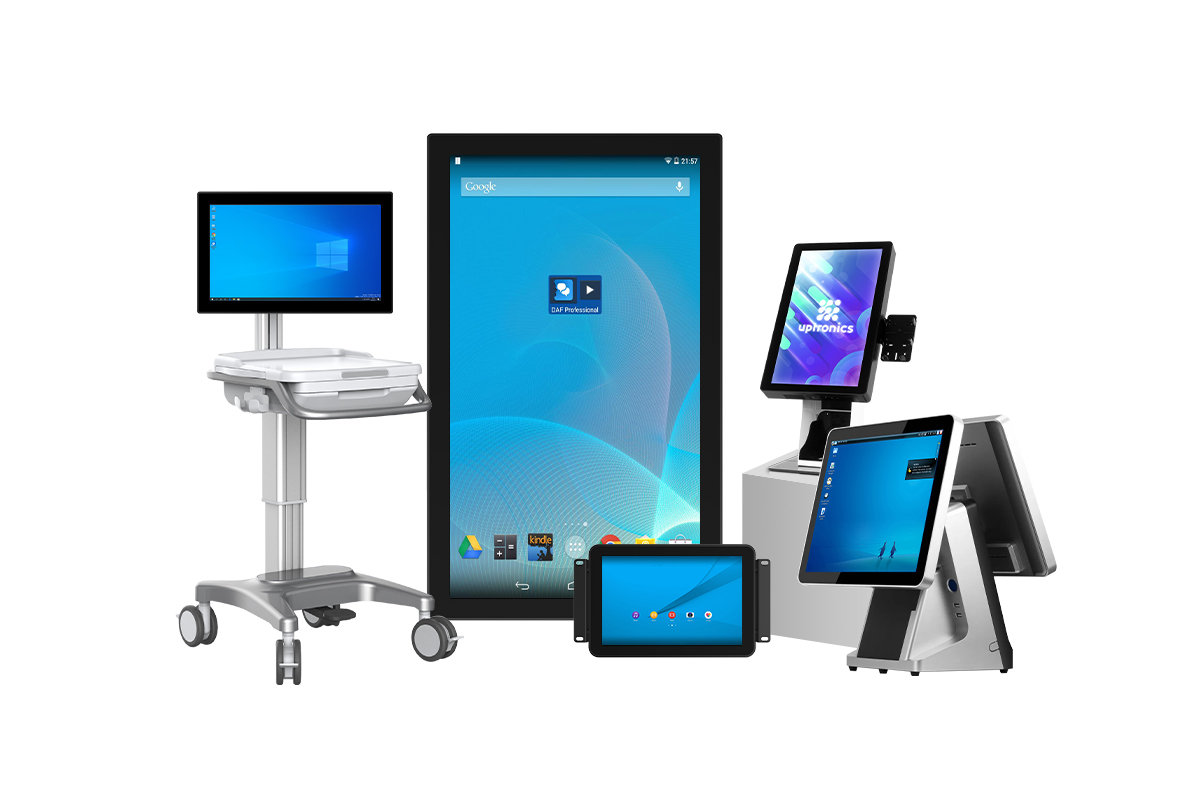Software testing is typically divided into two main approaches: white box testing and black box testing. Each method has its own unique characteristics, advantages, and limitations.
White box testing, also known as structural testing, transparent box testing, logic-driven testing, or code-based testing, focuses on the internal structure of the software. In this approach, testers have full visibility into the code and can examine the program's logic, control flow, and data structures. This allows them to design test cases that cover all possible execution paths, ensuring comprehensive coverage. However, due to the complexity of modern applications, the number of potential paths through the code can be extremely large, making it difficult to test every single one. White box testing requires a deep understanding of the implementation and is often used during the development phase to detect hidden errors, improve code quality, and optimize performance.
On the other hand, black box testing, also referred to as functional testing, evaluates the software from an end-user perspective. In this method, testers do not need to know the internal workings of the program. Instead, they focus on the inputs and outputs, checking whether the software functions as expected according to the requirements. Black box testing is particularly useful for validating user scenarios and ensuring that the application meets the intended business needs. It is often used in later stages of the development lifecycle, such as system testing and acceptance testing.
One of the key advantages of white box testing is that it enables thorough examination of the code, allowing testers to identify issues such as logical errors, boundary conditions, and security vulnerabilities. It also helps in improving the overall quality of the code by enforcing better design practices. However, it can be time-consuming and resource-intensive, especially for large-scale systems. Additionally, it may miss certain functional requirements if the test cases are not designed properly.
Black box testing, on the other hand, is easier to implement since it doesn't require knowledge of the internal code. It is ideal for teams that want to test the software from a user’s point of view and ensures that the application behaves correctly under real-world conditions. Another benefit is that it can be automated more easily, which makes it efficient for regression testing. However, the effectiveness of black box testing largely depends on the quality of the test cases. Poorly designed tests may only cover a small portion of the code, leading to incomplete coverage.
In summary, both white box and black box testing play important roles in ensuring software quality. While white box testing provides deep insight into the code and helps catch internal issues, black box testing focuses on the functionality and user experience. A combination of both methods is often the best approach for comprehensive software testing.
Touch Display
The touch monitor is a product developed and designed by ourselves. It has been sold for more than 6 years and has exceeded 160,000 units. At present, it is running very well. It mainly customizes different touch technologies, different sizes, different interfaces, connecting cables and power supply parts to meet the needs of guests. We provide customers with the choice of Resistive Touch Screen, Capacitive Touch Screen, infrared Touch Screen and nano Touch Foil , and customize various interfaces for customers, such as: VGA, DVI, HDMI, DP and so on. It is mainly used in banks, hospitals, government units, airports, railway stations, supermarkets, real estate and other places.
Product show:
Touch Screen Monitor,Multi Touch Display Monitor,Outdoor Touch Screen Monitor,Waterproof Touch Monitor,Commercial Touch Screen Monitor,KTV Touch Screen Monitor
HuiZhou GreenTouch Technology Co.,Ltd , https://www.bbstouch.com

